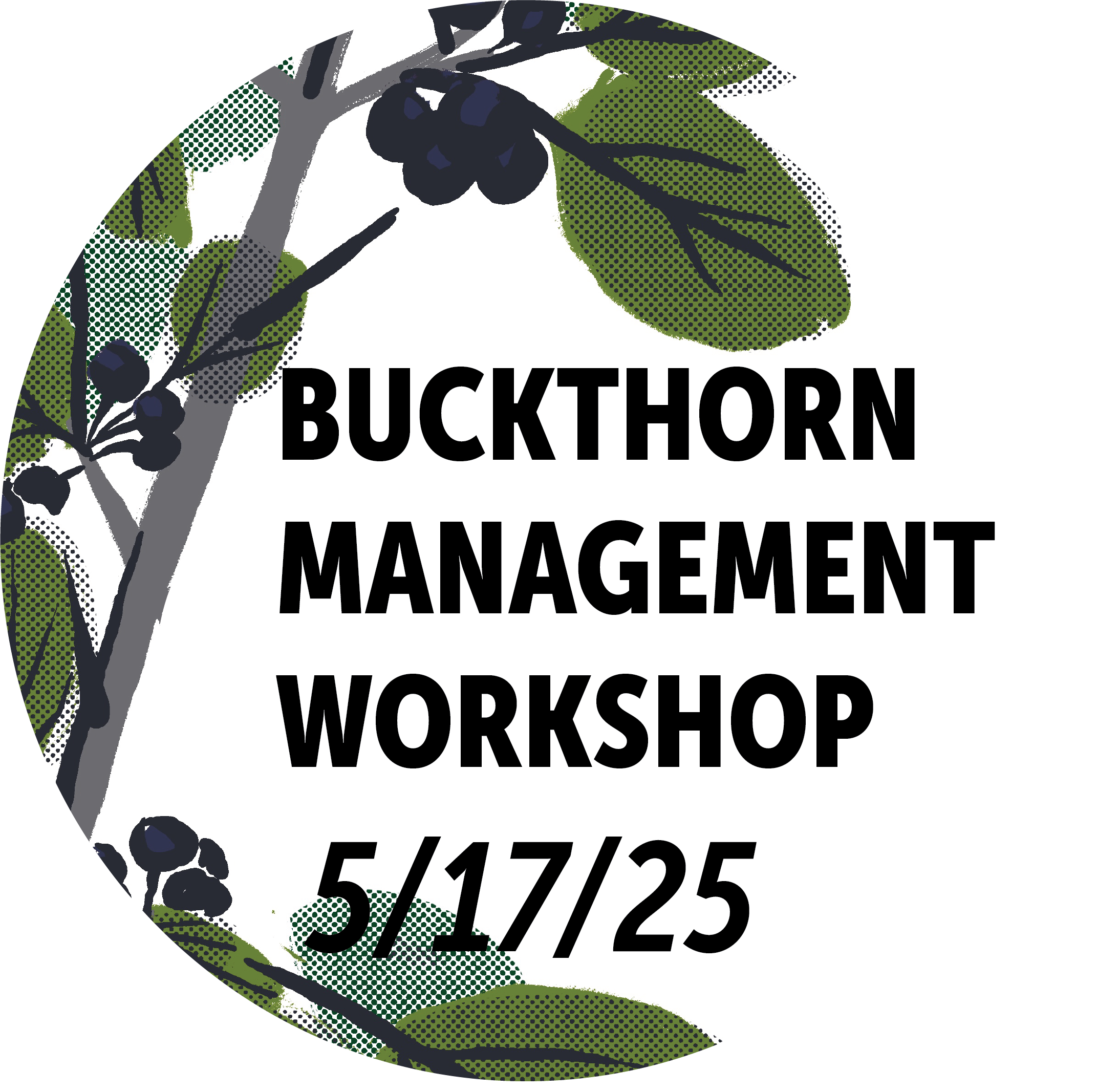Remove Invasives
What is an invasive plant?
It is an introduced (non-native) plant that has been demonstrated to pose a significant threat to the environment or human health. Unfortunately, by the time they’re recognized as the threat, they are often widespread.
What kind of ecological threat can they pose?
Invasive plants tend to spread more aggressively than other introduced plants. And without the insects and diseases that they’ve co-evolved with to keep their populations in check, they have a competitive advantage over our native plants (particularly if deer and rabbits find them unappetizing). In some cases, they release chemicals that inhibit the growth of other nearby plants (allelopathy). In other cases, they leaf out earlier than native plants, reducing available light needed for spring ephemerals. They can create dense monocultures as opposed to the diverse mix of native plants that supports a healthy ecosystem.
So, what are they?
The following is a partial list of plants that are invasive in MN. A few are still somewhat common landscaping plants, such as burning bush and the Asian honeysuckles. For more information, we recommend checking out the DNR’s website or the state’s noxious weed list.
NOXIOUS WEEDS
Prohibited Eradicate - not widespread in MN, early detection is key
Prohibited Control - must be controlled to prevent further spread
- Canada thistle
- Common barberry
- Common tansy
- Japanese knotweed
- Leafy spurge
- Narrowleaf bittercress
- Non-native phragmites (grass)
- Purple loosestrife
- Round-leaf bittersweet (vine)
- Spotted knapweed
Restricted Noxious Weeds - may not be sold or transported in MN
- Amur, Bell's, Morrow's, and Tatarian honeysuckle (shrubs)
- Amur silvergrass (grass)
- Black locust (tree)
- Common buckthorn (tree) This is abundant throughout our community. Learn more HERE.
- Garlic mustard
- Glossy buckthorn - all cultivars (tree)
- Japanese barberry - all cultivars (shrub)
- Lesser celandine
- Multiflora rose (shrub)
- Siberian peashrub (shrub)
- Queen Anne’s lace
- Winged burning bush - all cultivars (shrub)
Specially Regulated Plants - shall be handled, controlled or eradicated according to specified regulations
- Amur maple - Trees should be planted at least 100 yards from natural areas and buyers should be advised to only plant it where seedlings can be controlled by mowing or other means.
- Norway maple - Trees should be planted at least 100 yards from natural areas and buyers should be advised to only plant it where seedlings can be controlled by mowing or other means.
- Tatarian maple - Trees should be planted at least 100 yards from natural areas and buyers should be advised to only plant it where seedlings can be controlled by mowing or other means.
- Poison ivy - Must be eradicated or controlled for public safety along rights-of-ways, trails, public accesses, business properties open to the public or on parts of lands where public access for business or commerce is granted. Must also be eradicated or controlled along property borders when requested by adjoining landowners.
Invasive, Unregulated in MN - not on the state’s Noxious Weeds list, but on the DNR’s invasive plants page
- Birdsfoot trefoil
- Bull thistle
- Butter and eggs
- Creeping charlie
- Hoary alyssum
- Lesser celandine
- Orange hawkweed
- Oxeye daisy
- White and yellow sweet clover
- Smooth brome grass

